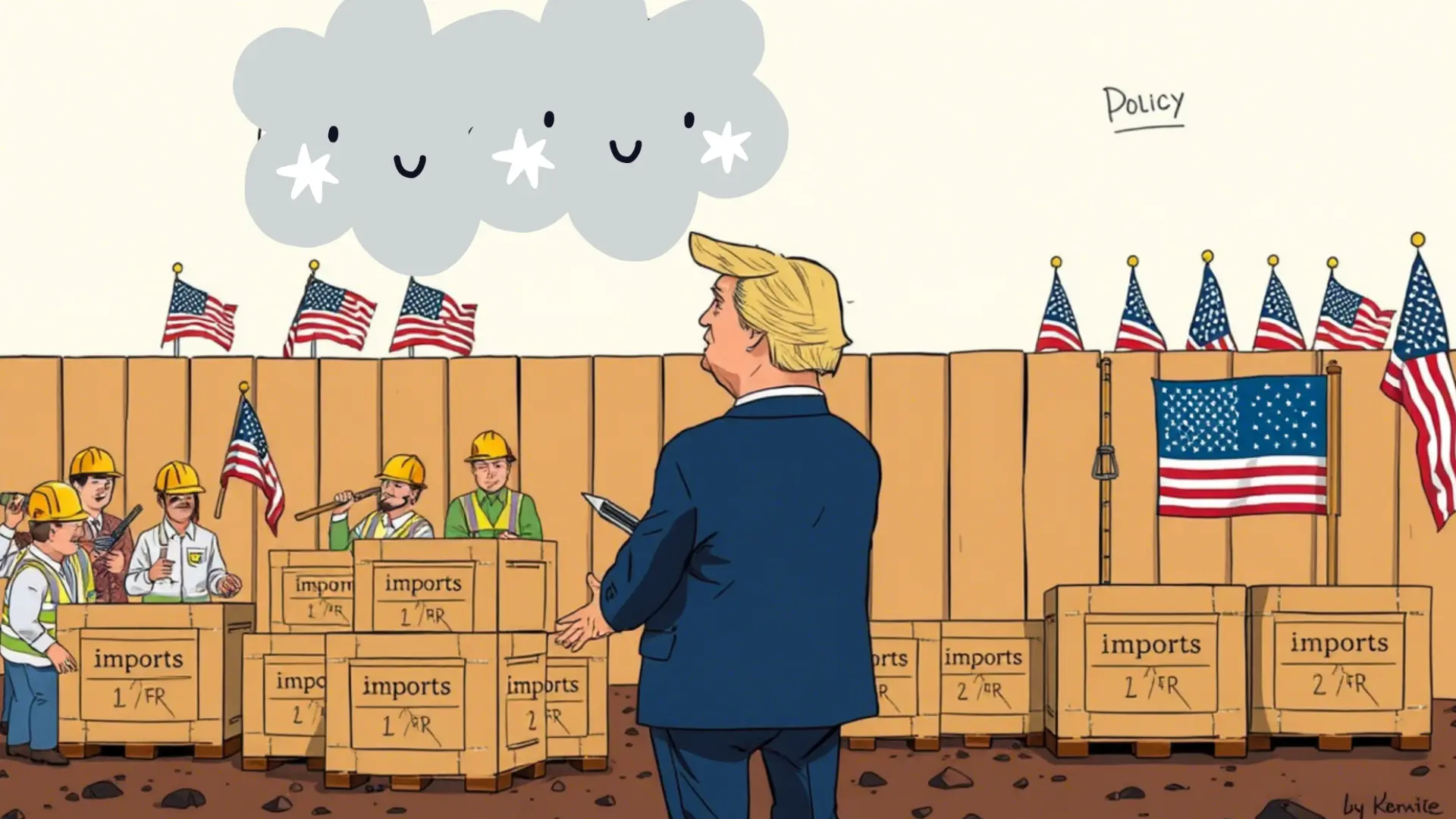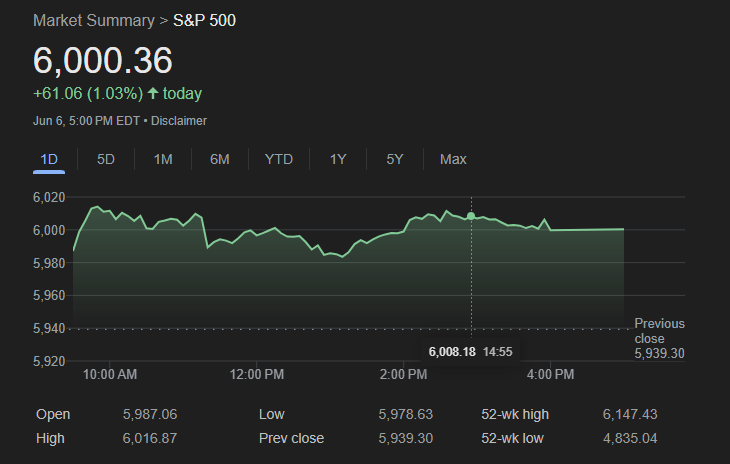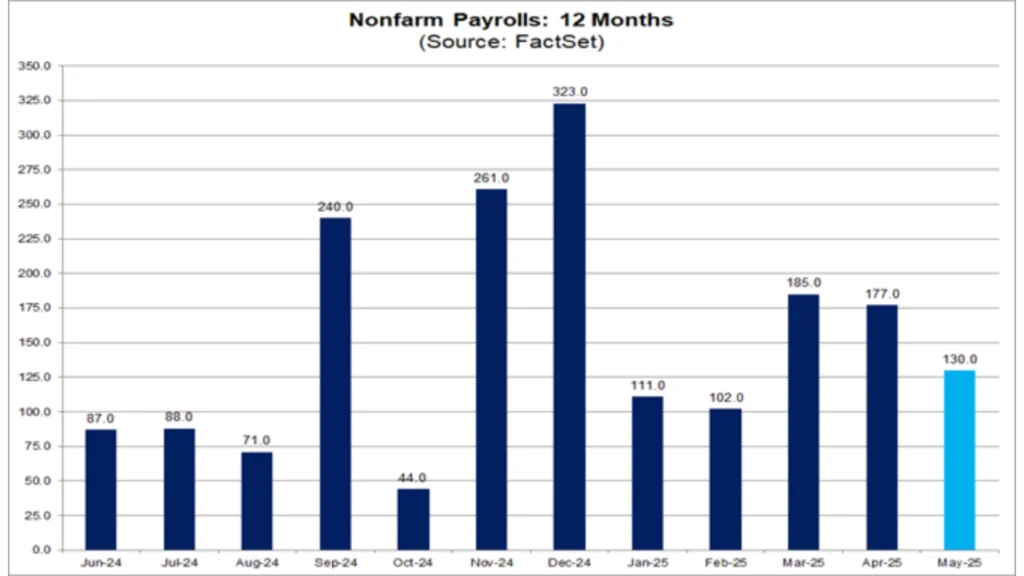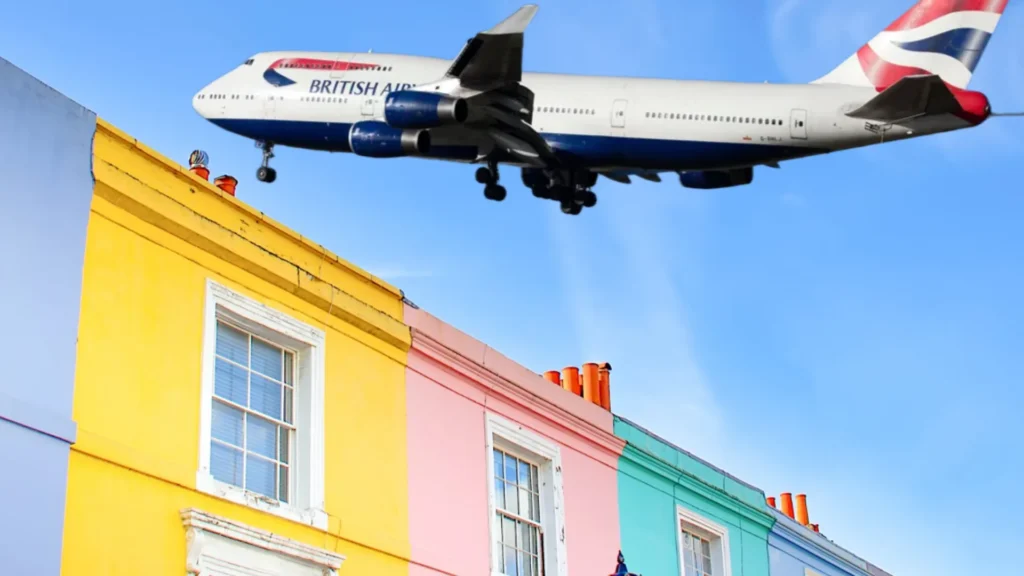President Donald Trump has erected yet another wall, but this time it’s not made of bricks or steel beams—it’s built entirely out of tariffs. And surprise! He still expects everyone else to foot the bill (probably with their lunch money).
This new “tariff fortress” isn’t designed to keep immigrants out; nope, its mission is to lock jobs inside like they’re trying to escape from an awkward family reunion.
Let’s put this towering trade barrier into historical perspective. With sweeping tariffs of at least 10% on almost everything that enters the U.S., we’ve officially traveled back in time about a hundred years—to when protectionism was all the rage and people thought flapper dresses were cutting-edge fashion.
Nowadays, these levels of customs revenue are more commonly associated with countries like Senegal, Mongolia, and Kyrgyzstan. So congrats, America—you’re now part of the exclusive club of nations where importing goods feels as rare as finding Wi-Fi in the Sahara.
But wait, there’s more! What happened this week wasn’t just your run-of-the-mill global trade war or stock market meltdown—it was the moment when the world’s hyper-power decided to dramatically turn its back on globalization, like a jilted lover throwing pizza boxes out the window.
For decades, the U.S. championed free trade while raking in profits faster than you can say “Amazon Prime.” But now? The White House has abandoned both conventional economics and diplomacy faster than my New Year’s resolutions.
In his big announcement on the Rose Garden lawn—which probably smelled amazing thanks to taxpayer-funded landscaping—Trump waxed poetic about 1913. Why 1913? Because that was the year the U.S. introduced federal income tax and lowered tariffs so much that even Hamilton himself would have been impressed.
Back then, high tariffs funded the government and kept American industries cozy under a warm blanket of protectionism. Apparently, the lesson here is that if high tariffs worked once, why not try them again? After all, who needs progress when nostalgia sells?
Meanwhile, across the pond, Britain remains firmly planted in the camp of David Ricardo—the OG economist whose 1817 Theory of Comparative Advantage basically invented modern free trade.
Here’s how it works: Different countries excel at making different things because, well, duh. Some places have fertile soil for growing avocados, others have tech-savvy nerds coding apps. If everyone focuses on what they do best and swaps freely, voilà—everyone wins! It’s like a giant international bake sale where everyone brings their signature dish.
Sadly, the U.S. never fully bought into this idea. Instead, they’ve been lurking in the shadows of skepticism, waiting for the perfect moment to whip out their shiny new equation for “reciprocal” tariffs. Spoiler alert: These numbers don’t match actual tariff rates anywhere.
When pressed, the White House admitted they adjusted the figures to account for red tape and currency manipulation. Translation? They divided each country’s trade surplus with the U.S. by imports, slapped a fancy label on it, and called it math.
Here’s the kicker: According to this logic, selling more stuff to the U.S. than buying from it qualifies as “cheating.” Yes, ladies and gentlemen, doing business better than Uncle Sam apparently warrants punishment.
That’s why we got those hilarious headlines about imposing tariffs on remote islands inhabited solely by penguins. Clearly, those sneaky birds were up to something fishy… literally.
The ultimate goal? To shrink the $1.2 trillion trade deficit down to zero. Never mind that deficits aren’t inherently evil—they’re just natural outcomes of countries specializing in what they’re good at. Nope, according to Team Trump, any imbalance must be corrected immediately, regardless of whether it involves poor nations, emerging economies, or random rocks in the ocean.
Oh, and let’s not forget the irony here. While obsessing over goods trade, the White House conveniently ignored services—a sector where the U.S. boasts a whopping $280 billion surplus. Financial services? Check. Social media tech? Double check. Apparently, those industries are too cool for tariffs.












Leave a Reply